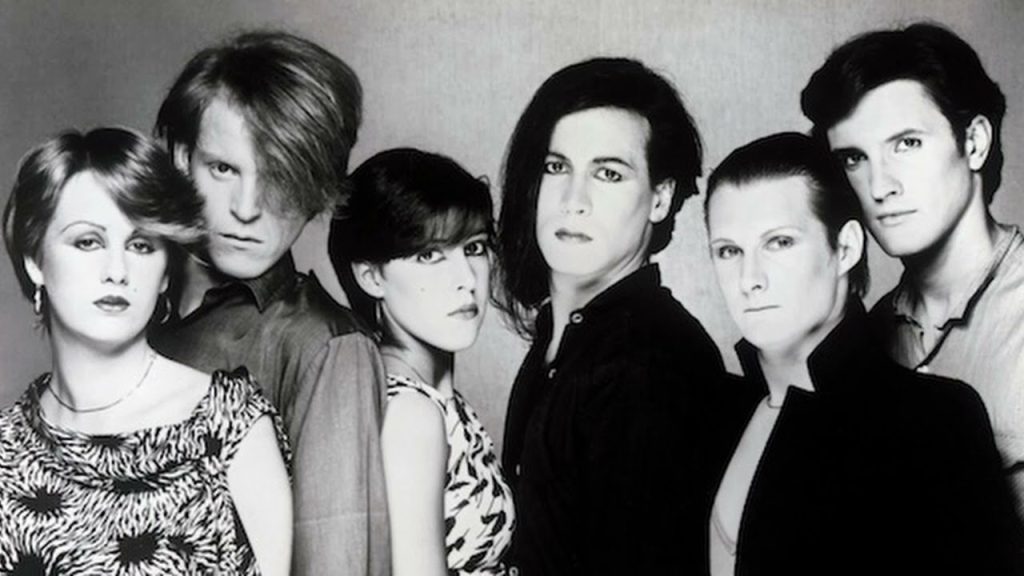
A Timeless Tale of Love, Ambition, and Heartbreak
In the annals of 1980s pop music, few songs evoke as much nostalgia and emotional resonance as “Don’t You Want Me” by The Human League. This track, a quintessential piece of synth-pop magic, captures a moment in time when music was undergoing a seismic shift. Released in December 1981 as part of the album Dare, “Don’t You Want Me” became an anthem of its era, climbing to the top of the charts and etching its melody into the collective memory of a generation.
When it debuted, “Don’t You Want Me” soared to number one on the UK Singles Chart, maintaining its position for five consecutive weeks. It also achieved immense success across the Atlantic, reaching number one on the Billboard Hot 100 in July 1982. This remarkable feat marked it as one of the defining hits of the early ’80s, a time when synthesizers were redefining musical landscapes and bands like The Human League were at the forefront of this revolution.
The story behind “Don’t You Want Me” is as compelling as its infectious beat. The song was penned by Phil Oakey, the lead singer of The Human League, alongside band members Jo Callis and Philip Adrian Wright. Oakey drew inspiration from a photo-story in a teen magazine, which portrayed the rise and fall of a romantic relationship between a young man and woman. The narrative structure of the lyrics mirrors this story, presenting a dialogue between two former lovers whose lives have diverged after initial success.
At its core, “Don’t You Want Me” explores themes of ambition, love, and disillusionment. It’s a poignant reminder of how relationships can be shaped—and sometimes fractured—by personal aspirations and external pressures. The song’s dual perspective is particularly powerful; Oakey’s baritone voice narrates from the man’s point of view, while Susan Ann Sulley, one of the band’s vocalists, offers a counterpoint with her airy vocals representing the woman’s side. This interplay creates a dynamic tension that resonates deeply with listeners.
The song’s meaning goes beyond the literal story of two people at odds. It taps into universal experiences—the fear of being left behind, the bittersweet nature of success, and the longing for connection amidst changing circumstances. For many listeners, especially those who lived through its release, “Don’t You Want Me” evokes memories of youthful dreams and heartbreaks, making it an enduring classic that continues to speak to new generations.
Musically, “Don’t You Want Me” is a masterpiece of synth-pop, characterized by its catchy melody and innovative use of electronic instrumentation. The track opens with an unforgettable synth riff that instantly hooks the listener—a hallmark of The Human League’s style during this period. Its production is both polished and pioneering, exemplifying the technological advancements that defined early ’80s music.
Beyond its commercial success and musical innovation, “Don’t You Want Me” holds a special place in pop culture history. Its music video was among the first to receive heavy rotation on MTV, contributing to the visual storytelling aspect that would become integral to pop music promotion. The video’s cinematic quality further cemented its status as an iconic piece of 1980s pop culture.
For those who lived through its initial release, “Don’t You Want Me” remains a nostalgic touchstone—a reminder of nights spent dancing under neon lights or listening to the radio with friends. Its legacy endures not just because of its chart-topping success or pioneering sound but because it encapsulates an era’s spirit with authenticity and emotional depth.
In revisiting The Human League’s “Don’t You Want Me,” we are reminded not only of where we’ve been but also how music can capture complex emotions and timeless stories within just a few minutes. It’s a song that invites us all to reflect on our journeys—past loves lost or found—and consider how far we’ve come since those heady days when synthesizers ruled the airwaves and anything seemed possible.